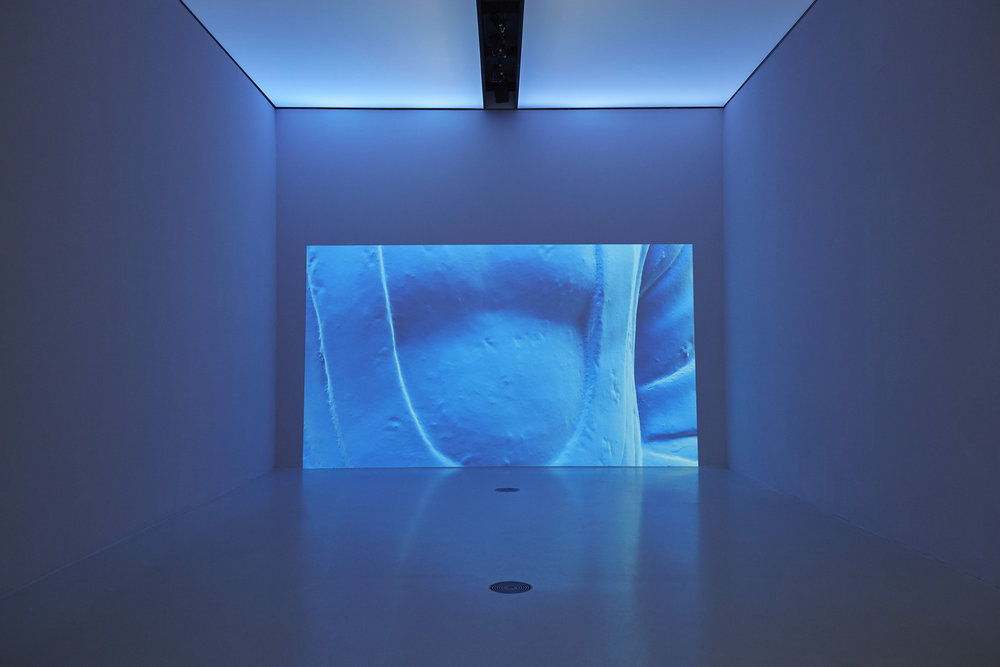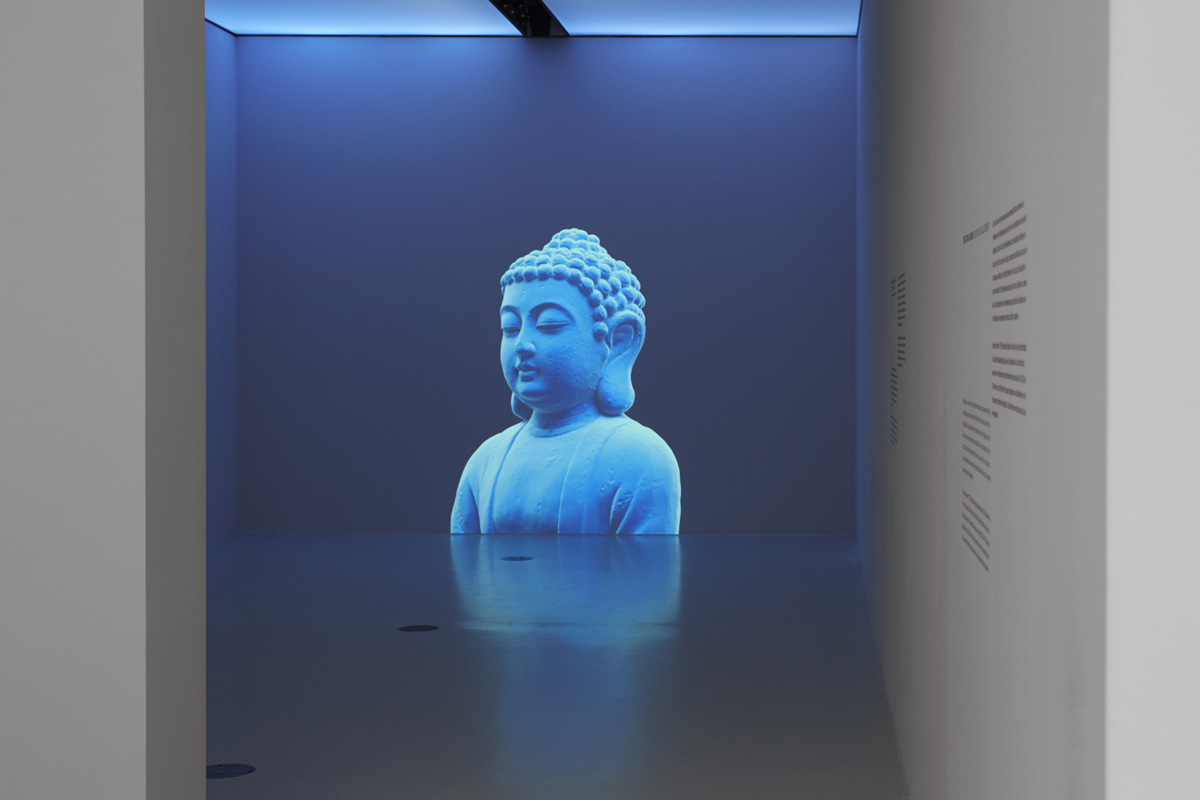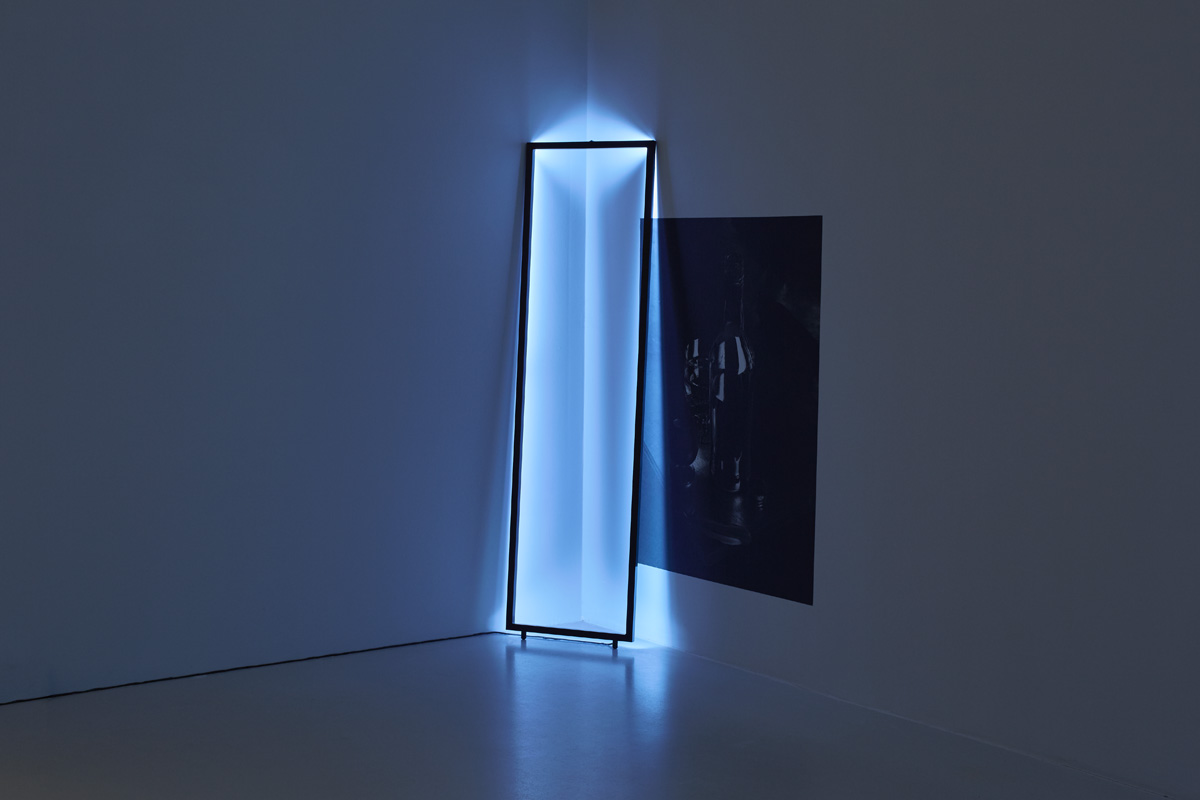CASTING OUT THE SELF (a work in progress) Dimethyltryptamine, spirituality & the digital world
"A strange odour prevailed as I inhaled the acrid smoke from the pipe, and fought to keep it down. Eyes closed, bronchi tingling, a low humming commenced as I rested with my head on my knees, and my heartbeat melted away. A wipe transition momentarily descended upon the scene, simultaneously flipping it upside down as I looked up. Darkness promptly followed, then exquisite light. Turning to the side I glimpsed a face dissolve into geometry, the voice crystal clear, razor sharp. This was ultra high definition, a new mathematical perspective, the digital realm."


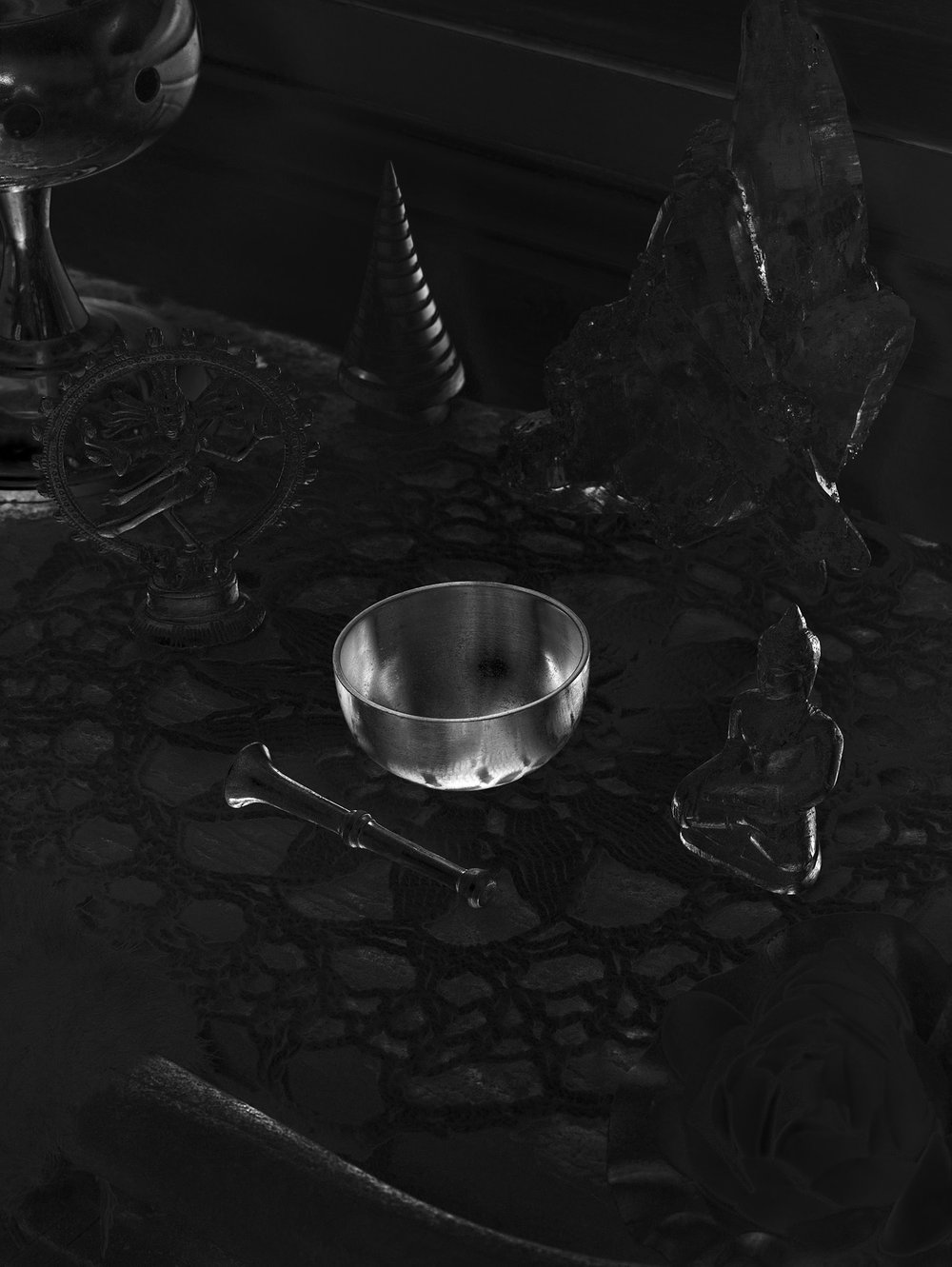
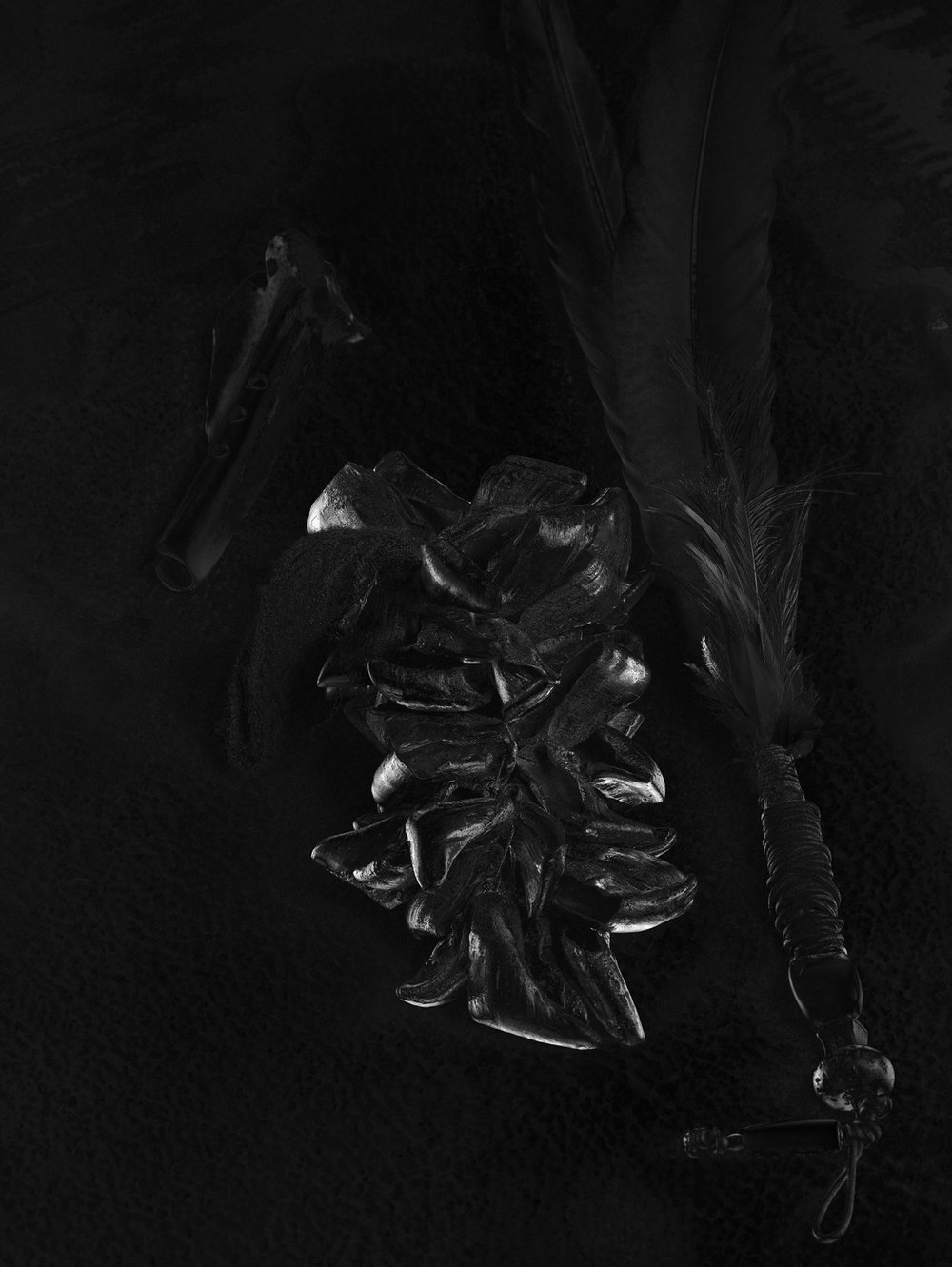
It is well known that photography has been undergoing an inescapable process of technological advancement since the end of the 20th century. A whole system of photography techniques, methods and production equipment was replaced by another superstructure of methods and devices (electronic, or digital, as it is often called), which dramatically changed and expanded the possibilities of capturing, editing and circulating images. The work of Dominic Hawgood is representative of this irreversible transition. In contrast to the conventional profile of a photographer, whose predominant activity lies firmly in capturing images, this artist’s creative process cannot be dissociated from the increasingly accessible and fundamental possibilities of a field of photography that expanded greatly with the digital (r)evolution. Hawgood focuses on practices associated with image manipulation and the production of computer generated images. As such, his images call attention to decisive and current questions about the ontological and epistemological nature of photography, while simultaneously forcing us to question the limits, tensions, and articulations between real and virtual, between fact and fiction, between representation and imagination.
Similarly to previous projects, Hawgood mobilises the cold and dominant presence of technology, in order to explore his fascination with sensations and states of mind. The project calls our attention to recent trends in the field of perception and awareness, stimulated by mass use of plants with hallucinogenic properties. The artist is particularly interested in the use of Dimethyltryptamine (DMT), a psychedelic substance which acts to alter or disturb the central nervous system. DMT is the active ingredient in Ayahuasca, a drink used by Indigenous people in South America.
DMT is seen as a means to access the spiritual world. In this context, the dichotomy between the 'real' world and the projective experience provided by DMT is the inspiration for a body of work that explores changing and expanding borders of consciousness and perception. Hawgood, in technical collaboration with Jules Malcomson, creates video animation which displays various images, visuals, and objects. This work focuses on digital technology and the visual world this technology makes possible, but also serves as a means to raise questions regarding the transition from the real world to the digital world. For Hawgood, DMT induces an experience whose virtual characteristics can be compared to visual experiences provided by recent digital technologies, in the sense that they produce a hyper-real world which inevitably reformulates the conditions of living in time and space.
This association between the consumption of DMT (among other old shaman rituals which have been gaining popularity) and new digital technologies is also the result of a cutting and ironic view regard-ing the ways Westerners have tried to (re)discover the means — sensual, spiritual, poetic, metaphysical— to reconnect with the environment. Therefore, the effect of new technologies must also be perceived within the framework of strategies and behaviours aimed at altering the ways we experience and understand the world. These are methods that reject, put into perspective, or rethink the prevalence of scientific discourse and the endeavours of a rationalist obsession which tends to reject alternative ways of relating to the world. Hawgood plays with our visceral reaction to the points of intersection between flesh and pixels. He uses impossible images — a world of light and illusion which is totally (re)constructed by computer — thus forcing us to meditate on the extent and diversity of the geography of reality that we might be willing to visit and experience.
text by Sérgio Mah - curator and professor at the Faculty of Human and Social Sciences & Faculty of Fine Arts at the University of Lisbon
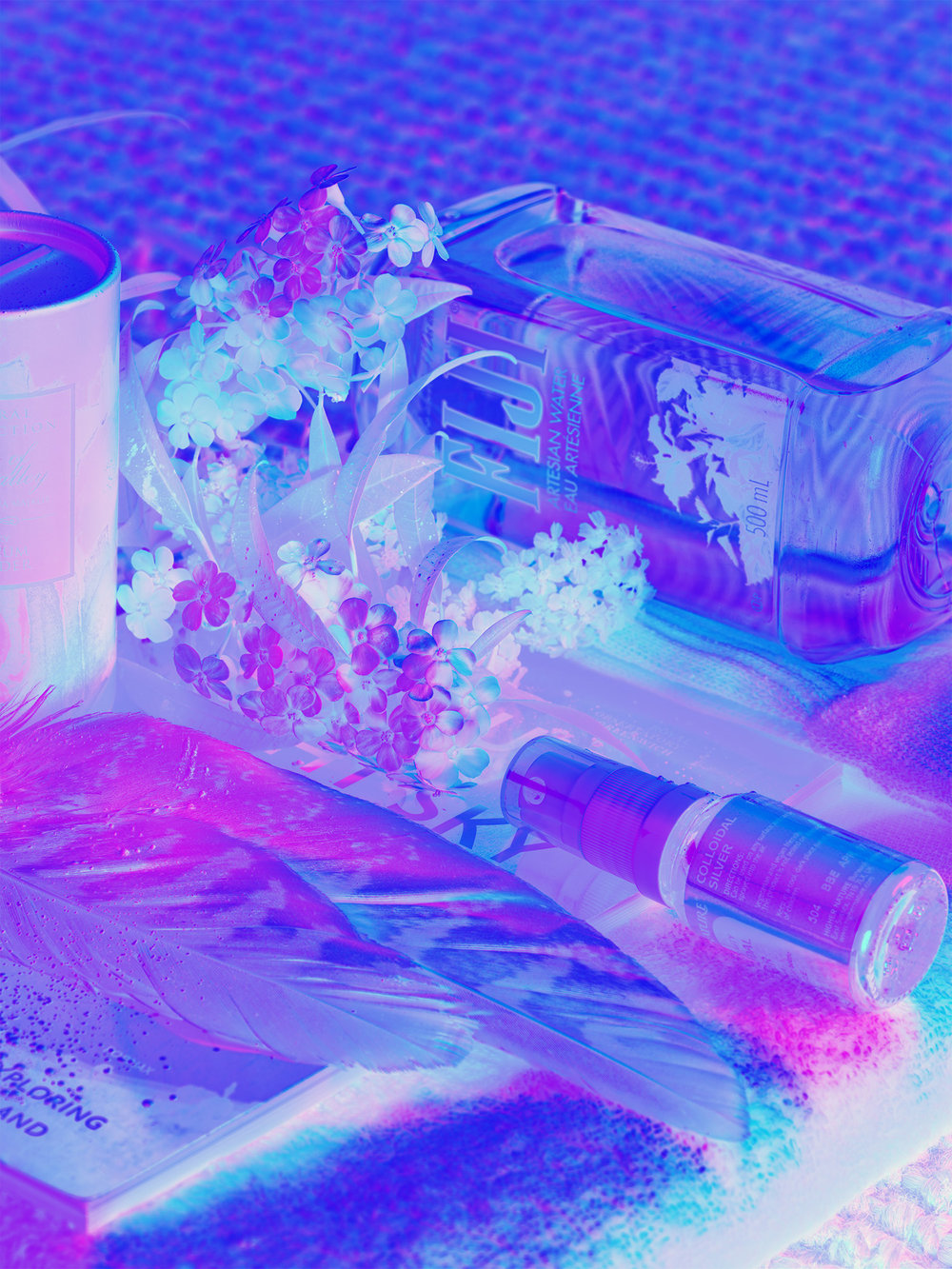
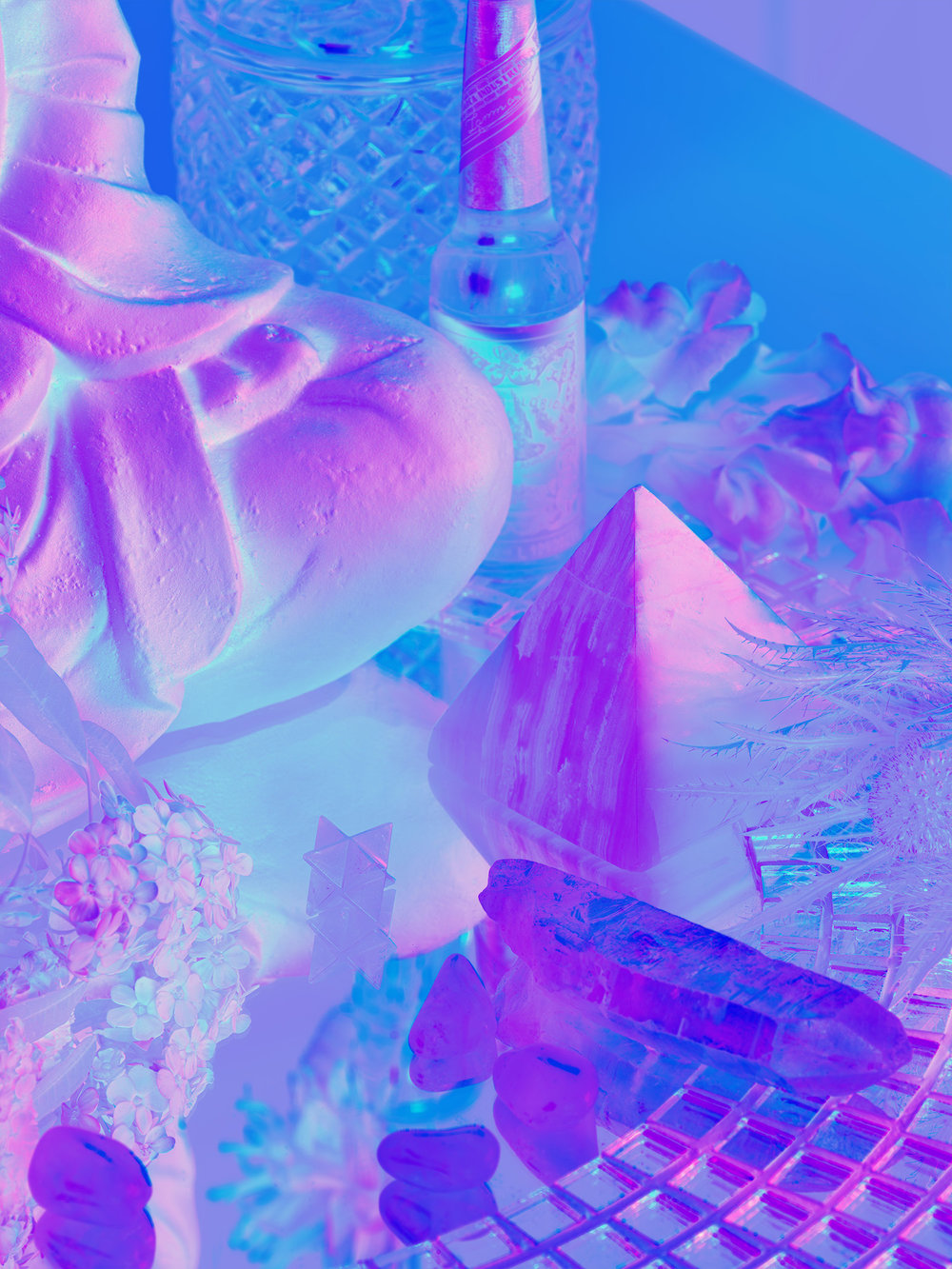
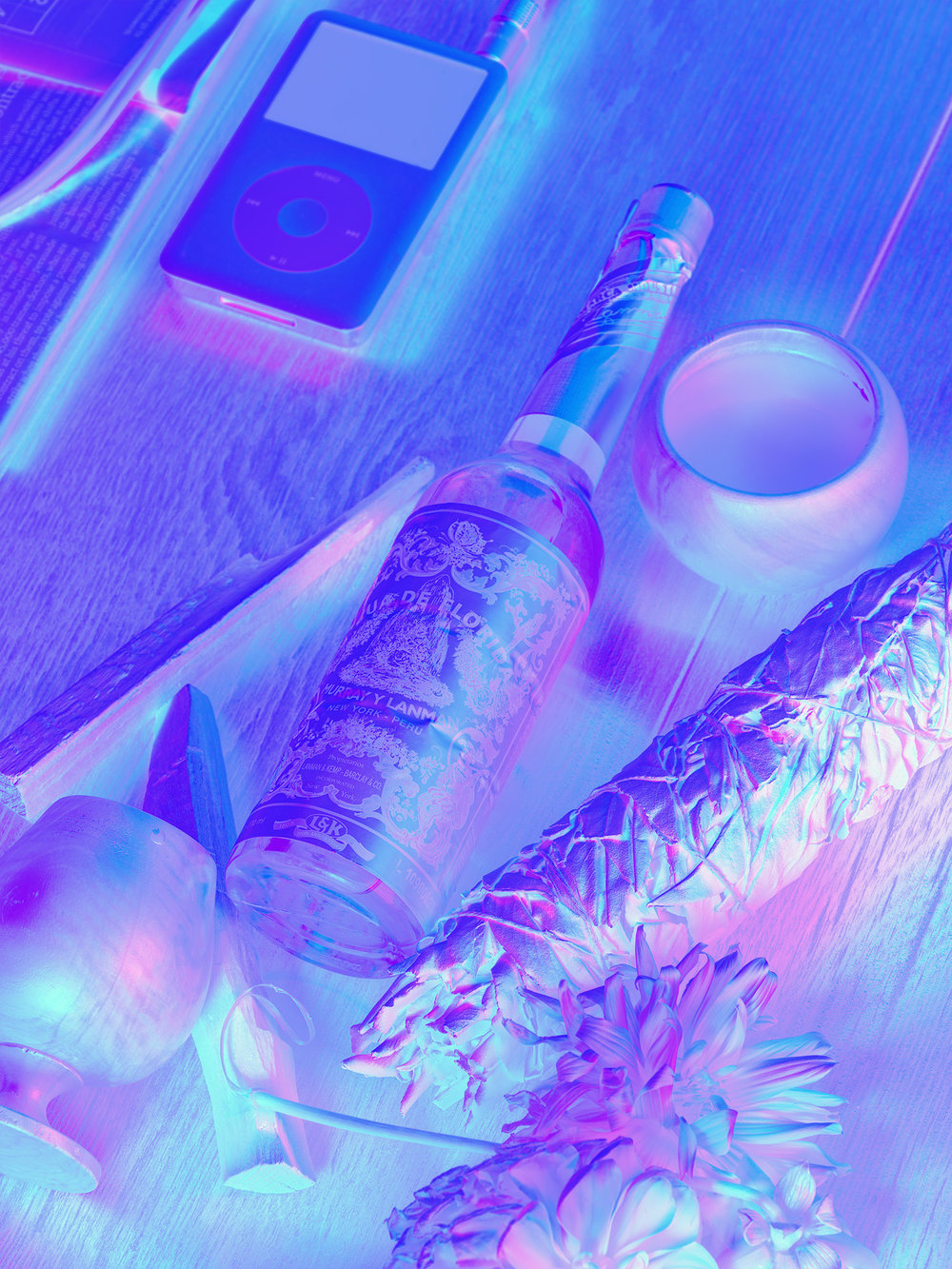

//// Tri Poly Mesh 3d Animation produced from 3d Scan
The project, started in 2015, is inspired by experiences with the hallucinogenic drug Dimethyltrptamine (DMT – the active ingredient in ayahuasca) and extends the investigations of altered states of consciousness and alternative realities that were begun in A Place Beneath The Surface and continued in The Conversation and Under The Influence. Work from the project has been included in the four European Photography Exhibition Award group shows (2016 – 2017), and has formed the basis of the POSTMatter website exhibition (2016), the British Science Festival and the Brighton Digital Festival co-commission (2017) and the online exhibition Chasing Demons In The Night (2018).

